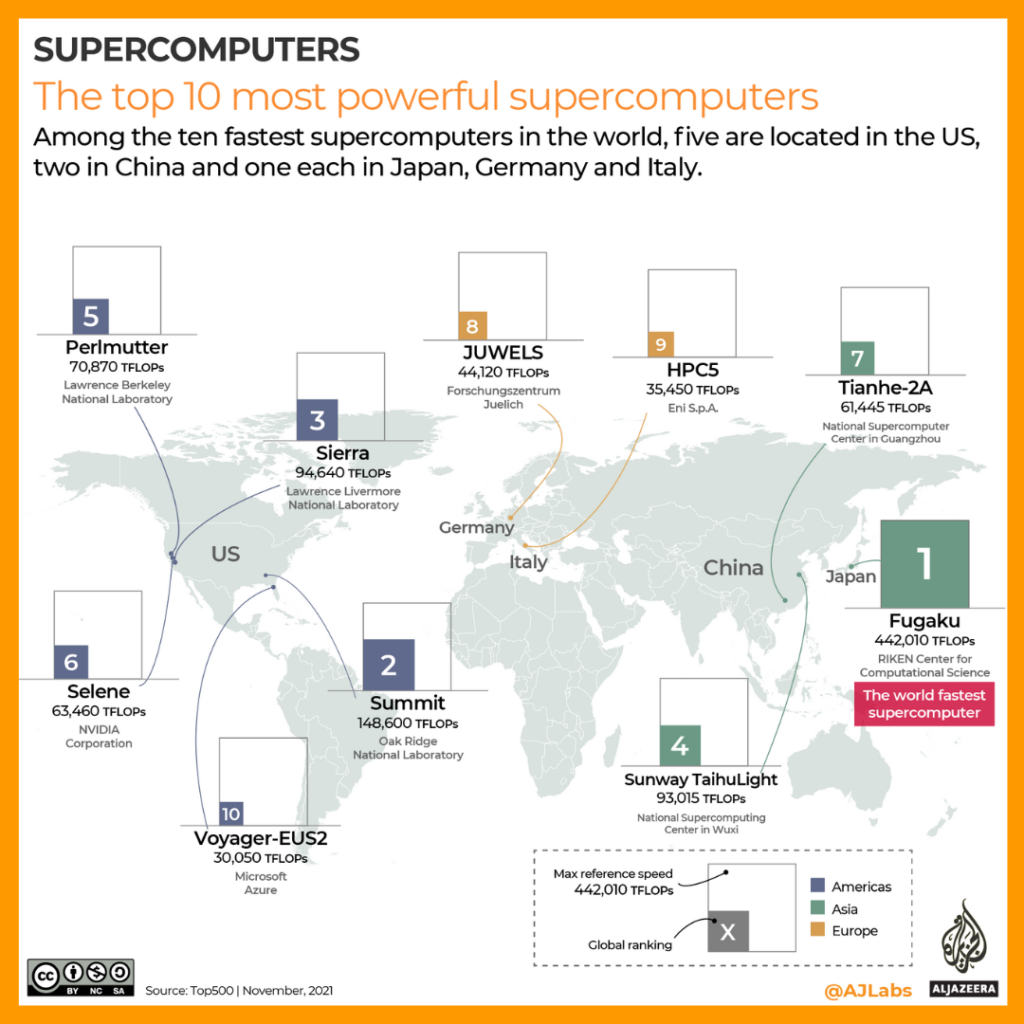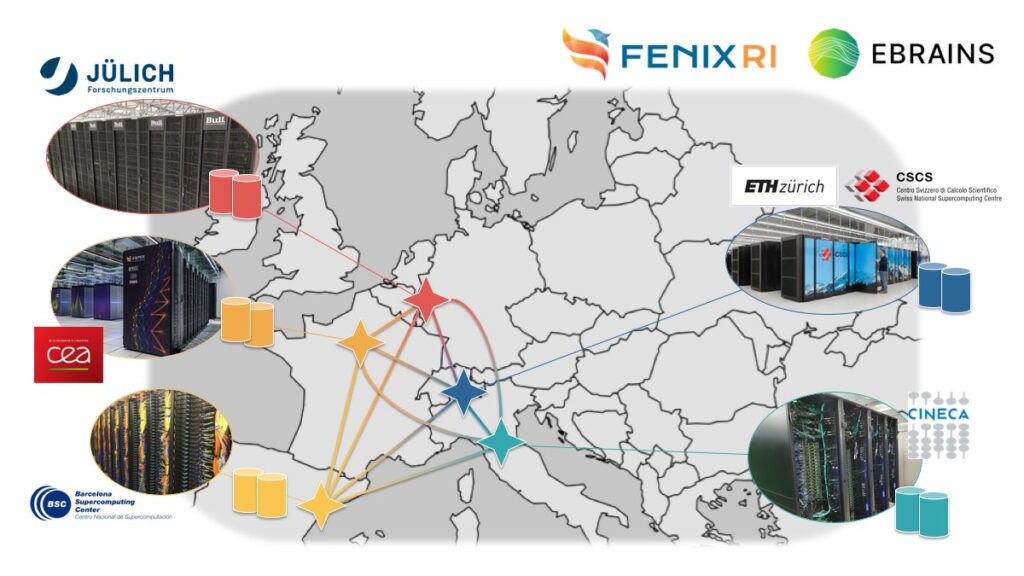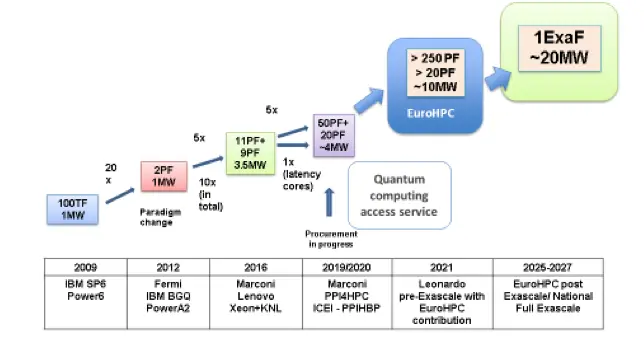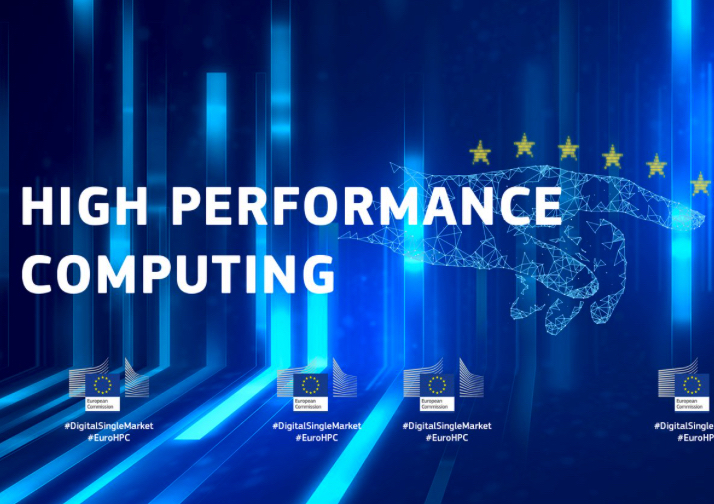Bologna (Italy), 2018, 23 March
At the beginning of October 2018, The European Council of Ministers officially backed the Commission’s has invested jointly with the Member States in building a world-class European supercomputing infrastructure. Supercomputers are needed to process ever larger amounts of data. They bring benefits to society in many areas, from health care and renewable energy to car safety and cybersecurity.

The Competitiveness Council adopted a Regulation to establish the European High Performance Computing (EuroHPC) Joint Undertaking – a new legal and funding structure, which will pool resources from 25 European countries, build supercomputing and data infrastructure, and support research and innovation in the field involving scientists, businesses and industry. This structure will give European public and private users better access to supercomputing which is essential to support competitiveness and innovation.

The EuroHPC Joint Undertaking was established in November 2018 and will remain operational until the end of 2026. The cooperation is crucial for the EU’s competitiveness and independence in the data economy, as industry in the EU currently consumes over 33% of supercomputing resources worldwide, but supplies only 5% of them.
The Joint Undertaking has a budget of €1 billion: half from the EU budget and half from participating European Member States. Additional resources to the value of over €400 million come from private partners.
Since its origins in 1969, Cineca offers support to scientific research, public and industrial, through supercomputing and the use of the most innovative computing systems based on state-of-the-art architectures and technologies.
Since the late 1960s, the Italian Ministry of Education together with four Italian universities founded consortium to manage a supercomputing center, which hosted the first Italian supercomputer, a CDC 6600, designed by the father of the supercomputing Seymour Cray.

Since then, Cineca’s supercomputers are among the most important in Europe and worldwide, always present in the Top 500 list of the most powerful supercomputers in the world.
Cineca is currently one of the Large Scale Facilities in Europe and it is a PRACE Tier-0 hosting site.
Cineca’s HPC systems are:
- LEONARDO, the new pre-exascale supercomputer will be installed in 2021. Leonardo pre-exascale project receives funding from the European High Performance Computing Joint Undertaking (JU).
- MARCONI100: It is the new accelerated not conventional Marconi partition available since April 2020. This is an IBM system equipped with NVIDIA Volta V100GPUs, opening the way to the accelerated pre-exascale Leonardo supercomputer.
- MARCONI: It is the Tier-0 system that replaced FERMI in July 2016. It is based on the LENOVO NeXtScale platform and the next generation of the Intel Xeon Phi product family. It has been gradually upgraded from June 2016. The actual configuration consists of Marconi-A3 with SkyLake (in production since August 2017, upgraded in January 2018 and completed in November 2018). In a previous configuration phase, Marconi had two additional partitions: Marconi-A1 with Intel Broadwell, into production since July 2016, closed in September 2018, and Marconi-A2 with Intel KnightsLanding into production since January 2017, closed in January 2020. Marconi is classified in Top500 list among the most powerful supercomputer: rank 12 in November 2016, and rank 19 in the November 2018 list.
- GALILEO: It has been renewed in March 2018 with Intel Xeon E5-2697 v4 (Broadwell) nodes, available for the Italian research community.
- CLOUD.HPC: CINECA cloud service has been renewed in April 2020 with Intel E5-2697 v4 (Broadwell) nodes, completing the HPC ecosystem.
Marconi is classified in Top500 list among the most powerful supercomputer, rank 19 in the November 2019 list.
https://www.cineca.it/en/news/eosc-hub-cineca-partner-new-ec-funded-project
https://www.cineca.it/en/news/ec-invest-eu1-billion-world-class-european-supercomputers
https://www.cineca.it/en/news/quantum-computing-and-high-performance-computing
https://www.intel.com/content/www/us/en/customer-spotlight/stories/cineca-study.html
https://home.infn.it/it/news-3/news-infn-it-archivio/295-accordo-infn-cineca-per-il-supercalcolo

Leave a Reply